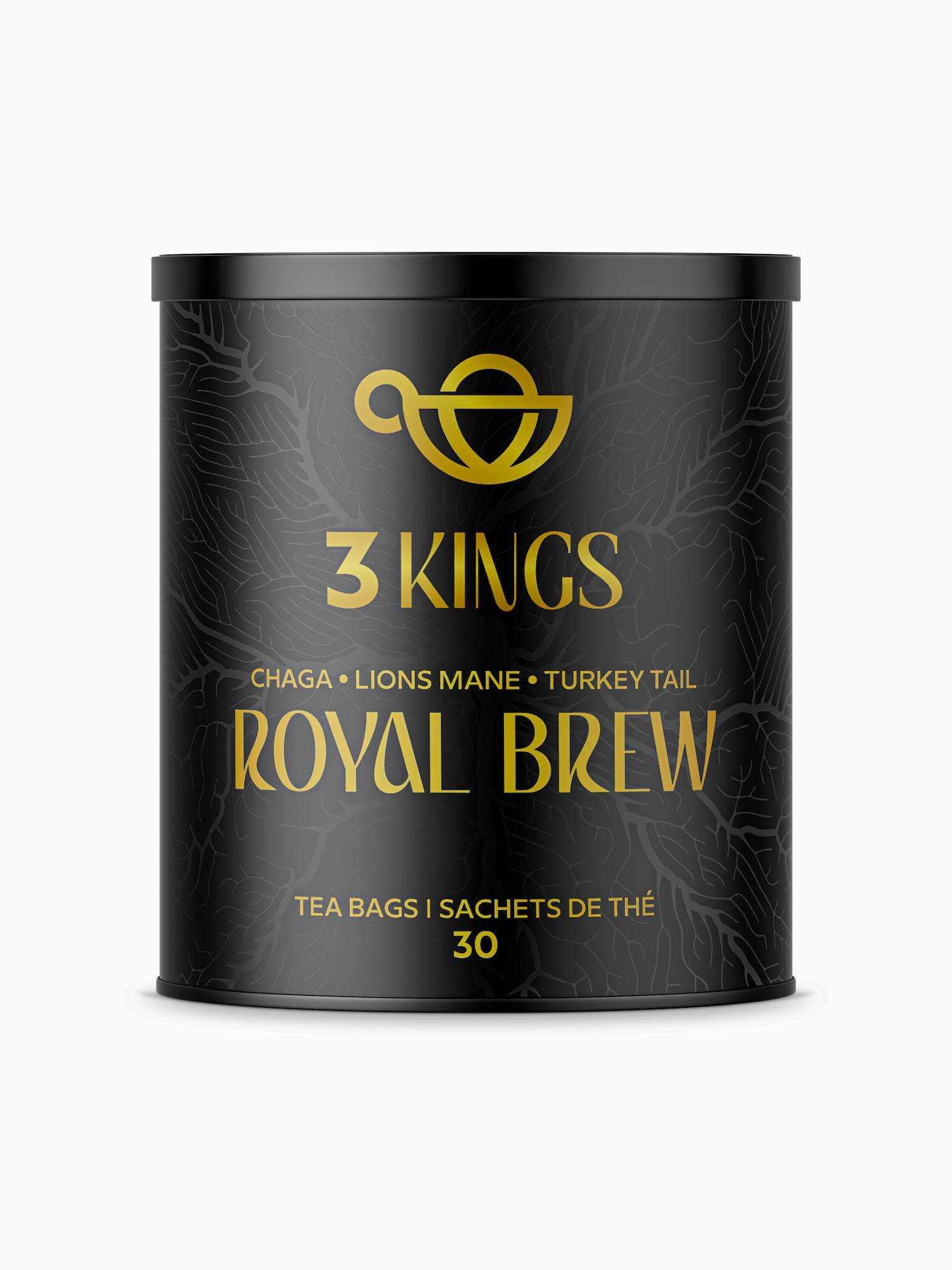The Biden Administration is taking a significant step towards improving cybersecurity with the introduction of a new cybersecurity label for smart devices. In a press briefing, Federal Communications Commission (FCC) Chairwoman Jessica Rosenworcel announced the US Cyber Trust Mark, a new label that will indicate whether a device meets the established security standards outlined in a report by the National Institute of Standards and Technology (NIST). This voluntary program is expected to be implemented by 2024, with the labels appearing on devices shortly thereafter.
The US Cyber Trust Mark is specifically designed to cover a range of connected devices commonly found in our homes. This includes smart refrigerators, smart microwaves, smart televisions, and smart climate control systems. However, the announcement also highlights the inclusion of “smart fitness trackers” as a device that will be covered under this new label.
The idea behind this cybersecurity label is to provide consumers with greater assurance that the devices they bring into their homes meet certain security standards. It aims to help protect consumers from potential cyber threats and vulnerabilities that may arise from using insecure devices. By implementing this label, the US government hopes to encourage device manufacturers to prioritize cybersecurity measures in their products and provide more transparent information to consumers about the security features and practices employed by the devices they purchase.
Through the US Cyber Trust Mark program, the government plans to leverage the security standards laid out by the NIST report. The NIST report, titled “Recommendations for IoT Device Manufacturers: Foundational Activities and Considerations,” provides guidelines and best practices for device manufacturers to improve the security of their products. It covers various aspects of device security, such as secure software development, encryption, user authentication, and vulnerability management.
By adhering to these standards, device manufacturers can obtain the US Cyber Trust Mark label for their products. This label will serve as a visible indicator to consumers that the device has undergone rigorous security evaluations and meets certain security requirements. It will help consumers make informed choices when purchasing smart devices and give them confidence that the devices they bring into their homes are less susceptible to cyber attacks and privacy breaches.
The introduction of the US Cyber Trust Mark aligns with the growing concern over the security of connected devices, particularly in the context of the Internet of Things (IoT). As more and more devices become connected to the internet, there is an increasing need to ensure that these devices are secure and protected against cyber threats. Cybercriminals have been known to exploit vulnerabilities in smart devices, using them as entry points to gain unauthorized access to personal data, disrupt networks, and carry out other malicious activities.
The US government’s proactive approach in establishing a voluntary cybersecurity label for smart devices sets an important precedent for device manufacturers. It sends a clear signal that cybersecurity should be considered an integral part of product development and should not be an afterthought. By providing clear security standards and a visible label, the government is incentivizing manufacturers to prioritize cybersecurity and empowering consumers to make more informed choices.
However, it is important to recognize that this voluntary program may not provide a foolproof solution to all cybersecurity challenges associated with smart devices. While the US Cyber Trust Mark label indicates that a device meets certain security standards, it does not guarantee absolute protection against all cyber threats. Cybersecurity is an ongoing endeavor that requires continuous vigilance and collaboration among all stakeholders, including manufacturers, government entities, and consumers.
In summary, the Biden Administration’s introduction of the US Cyber Trust Mark is a significant step towards improving cybersecurity in the realm of smart devices. By establishing clear security standards and providing a visible label, the government aims to enhance consumer confidence and encourage device manufacturers to prioritize cybersecurity. While this voluntary program is a positive development, it should be seen as part of a broader effort to address the complex and evolving landscape of cybersecurity, particularly in the context of the Internet of Things.











